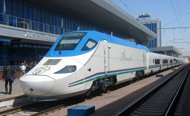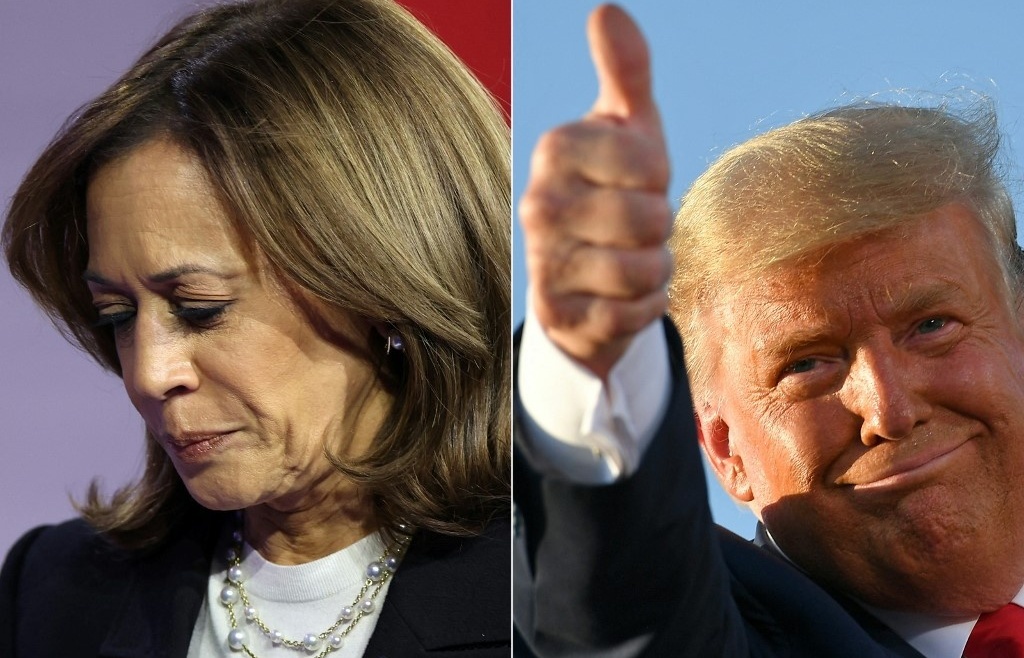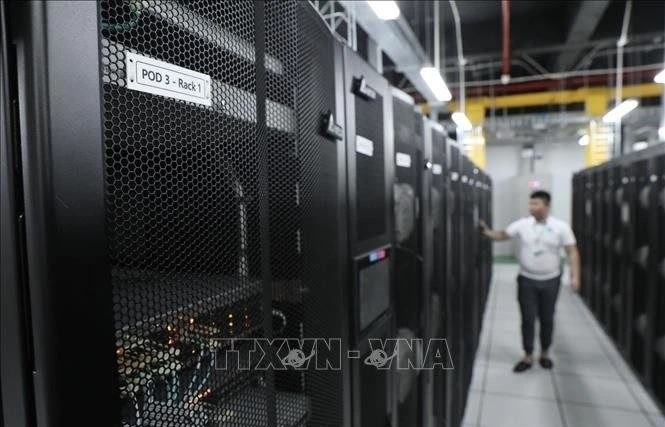Will needed for high speed trains in Canada

Ottawa commissioned a feasibility study for a 1,300-kilometer (800-mile) link between Quebec City, Quebec and Windsor, Ontario, passing through the nation's capital and two largest cities, Toronto and Montreal.
"The study found that high-speed rail is technically feasible in the Quebec City-Windsor corridor but will require significant public expenditure," was its conclusion.
Also, the project could cover all operating costs, but the government would never recoup development costs of up to CAN$21.3 billion, said the report.
Given the nearly 14 years it would take to design and build (including environmental assessments and other surveys, and acquiring land) it will require a "strong political will" to proceed, it said.
The government said in a statement it would "take the time necessary to carefully consider possible next steps."
The study by a consortium of five consulting firms builds on a 1995 report which also dismissed a similar proposal as too costly.
However, it goes on to suggest that constructing only part of the rail line between Montreal, Ottawa and Toronto would cost only half as much and "could generate a positive net economic benefit," when taking into account non-financial costs and benefits.
Using 300 km/h (186 miles per hour) electric traction, a train trip between Ottawa and Montreal, for example, would be reduced from two hours to one, and arrive only 15 minutes later than a flight.
A trip from Ottawa to Toronto would take only 1.5 hours, compared to the current 4.5 hour service offered by Via Rail or several daily one-hour flights.
Airports and airlines would lose millions of dollars in revenues as more than one-third of travellers between these cities might opt for the new trains.
However bus operators could see a small boost in ridership as intermediate railway stops are eliminated and rail ticket prices go up.
The highways between Toronto, Montreal and Ottawa would also become less congested as more people chose to take a train instead of drive.
Fewer car and airplane trips would result in lowering greenhouse gas emissions.
What the stars mean:
★ Poor ★ ★ Promising ★★★ Good ★★★★ Very good ★★★★★ Exceptional
Latest News
More News
- Tropical storm Trami leaves at least 24 people dead in Philippines (October 24, 2024 | 17:36)
- Singapore grants conditional approval for solar power import from Australia (October 24, 2024 | 17:27)
- ASEAN digital economy set to reach $2 trillion by 2030 (October 22, 2024 | 15:08)
- Thailand asks Laos to waive visa fee at border checkpoints to boost tourism (October 21, 2024 | 17:23)
- Laos pledges to continue efforts to empower girls (October 21, 2024 | 17:17)
- Chinese electric vehicle maker to build plant in Indonesia (October 21, 2024 | 17:12)
- Vietnam Elevator Association introduces Elevator Safety Application to the world (October 18, 2024 | 09:00)
- A taste of the future - the go-to spot at the Worldchefs Congress & Expo 2024 (October 15, 2024 | 16:11)
- Jakarta to impose household waste levy (October 14, 2024 | 16:49)
- China, Laos plan to build connectivity development corridor with Thailand (October 14, 2024 | 16:19)

















 Mobile Version
Mobile Version